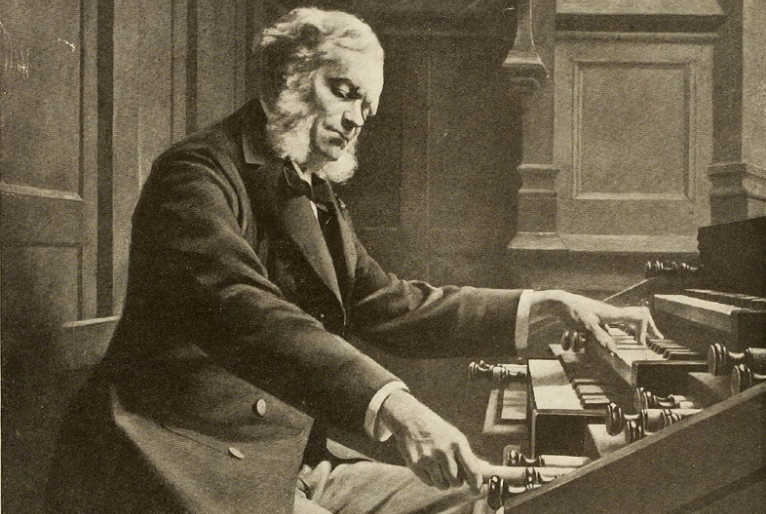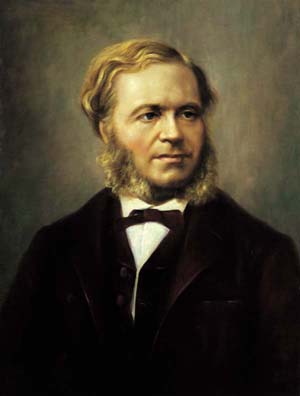César Franck, a Belgian-born composer and organist, is celebrated for his profound contributions to the Romantic era of classical music. His compositions, known for their emotional depth, innovative structures, and rich harmonic language, have left an indelible mark on the world of music. Here, we explore ten of his finest works, showcasing the breadth and brilliance of his musical genius.
1. Symphony in D Minor
The Symphony in D Minor is Franck’s most famous orchestral work. Completed in 1888, this symphony stands out for its cyclical structure, where themes are transformed and recur throughout the three movements. The symphony’s powerful emotional range, from brooding introspection to triumphant exultation, has made it a staple in the orchestral repertoire.
2. Violin Sonata in A Major
Composed in 1886 as a wedding gift for the violinist Eugène Ysaÿe, the Violin Sonata in A Major is one of Franck’s most beloved chamber works. This four-movement sonata is a masterpiece of lyrical beauty and technical brilliance. Its seamless integration of violin and piano parts creates an intimate and expressive dialogue between the two instruments.
3. Prélude, Choral et Fugue
The Prélude, Choral et Fugue, written in 1884, is a seminal work for solo piano. This piece exemplifies Franck’s skill in counterpoint and his ability to infuse traditional forms with Romantic expressiveness. The three sections—Prélude, Choral, and Fugue—flow seamlessly into one another, culminating in a powerful and majestic conclusion.
4. Le chasseur maudit (The Accursed Huntsman)
Composed in 1882, Le chasseur maudit is a symphonic poem based on a ballad by Gottfried August Bürger. The piece vividly depicts the story of a hunter cursed for defying the Sabbath, evoking dramatic and haunting imagery through its orchestration and thematic development. It remains one of Franck’s most programmatic and evocative works.
5. Piano Quintet in F Minor
The Piano Quintet in F Minor, completed in 1879, is a work of intense passion and dramatic contrasts. The quintet’s three movements are characterized by their richly textured interplay between the piano and strings, with the opening movement, in particular, showcasing Franck’s gift for creating sweeping, lyrical melodies and intricate harmonies.
6. Trois Chorals for Organ
Written in 1890, the Trois Chorals for Organ are among Franck’s last compositions and represent the pinnacle of his work for the instrument. These chorals—Choral No. 1 in E Major, Choral No. 2 in B Minor, and Choral No. 3 in A Minor—exhibit his mastery of organ registration, counterpoint, and thematic transformation, making them cornerstones of the organ repertoire.
7. String Quartet in D Major
Franck’s String Quartet in D Major, composed in 1890, is his only work in the genre. This ambitious and expansive quartet reflects Franck’s late style, characterized by complex counterpoint, lush harmonies, and cyclical themes. The quartet’s profound emotional depth and technical demands make it a significant contribution to the chamber music literature.
8. Les Djinns
Les Djinns, a symphonic poem for piano and orchestra written in 1884, is based on a poem by Victor Hugo. The work portrays the demonic and mysterious nature of the Djinns through its dramatic and turbulent orchestration, alongside virtuosic and expressive piano writing. This piece is a testament to Franck’s ability to blend literary inspiration with musical innovation.
9. Prelude, Aria, and Finale
Composed in 1886-1887, the Prelude, Aria, and Finale is another significant work for solo piano. This tripartite composition showcases Franck’s lyrical and harmonic inventiveness. The Prelude is serene and contemplative, the Aria is deeply expressive and song-like, and the Finale is vigorous and triumphant, demonstrating Franck’s range as a composer for the piano.
10. Panis Angelicus
Panis Angelicus, originally composed in 1872 as part of his Messe à trois voix, is one of Franck’s most enduringly popular works. This beautiful and serene hymn, set to a text by Saint Thomas Aquinas, has been arranged for various vocal and instrumental combinations. Its gentle, flowing melody and devotional character have made it a favorite in both sacred and concert settings.
Conclusion
César Franck’s compositions are a testament to his profound musical imagination and technical mastery. From the grandiose Symphony in D Minor to the intimate Violin Sonata in A Major, his works continue to captivate audiences with their emotional depth and innovative structures. Franck’s legacy as a composer remains influential, and his music continues to be celebrated and performed around the world.


Comments are closed